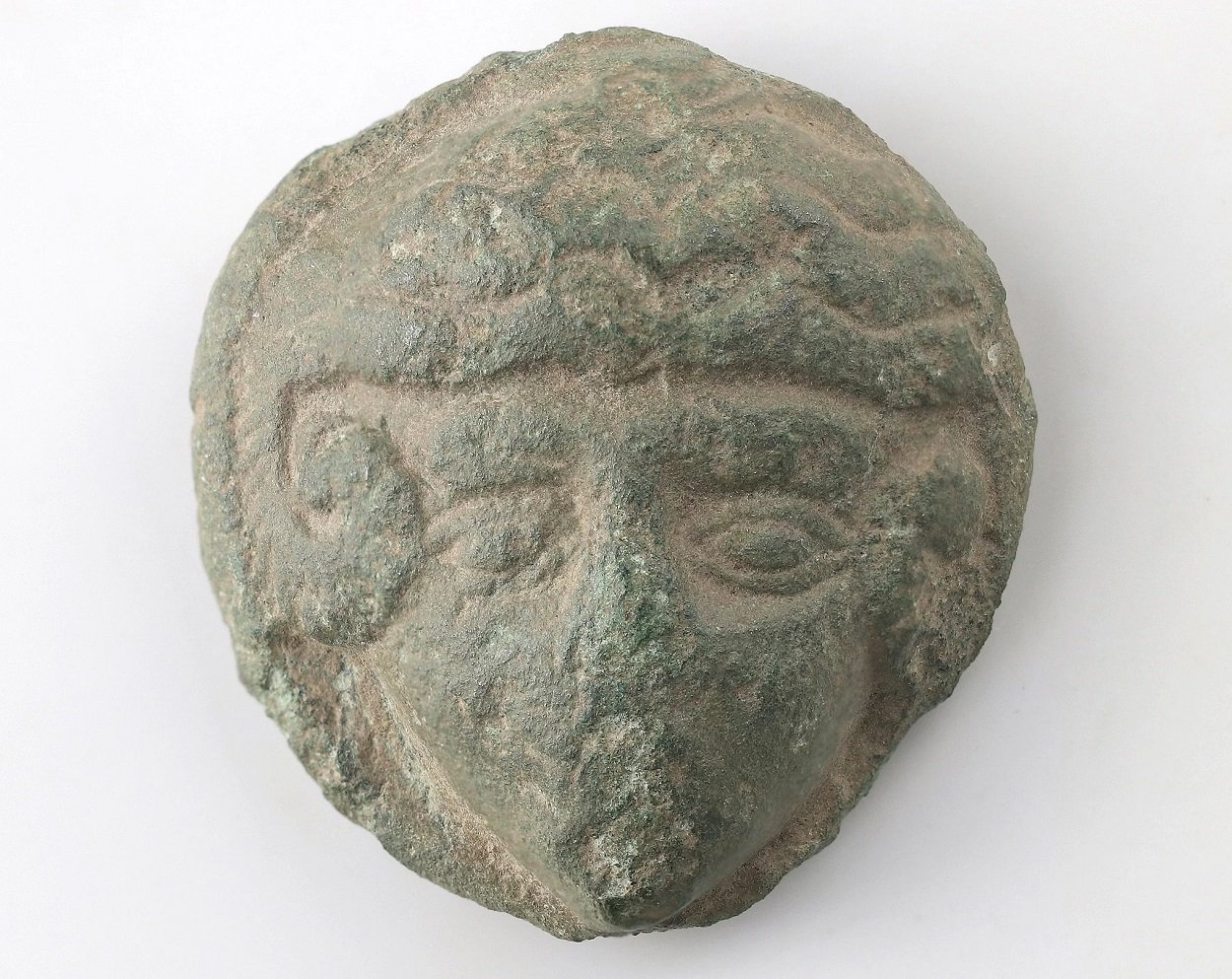Archaeologists have discovered a bronze fitting depicting Alexander the Great on the Danish island of Zealand.
The discovery was made by Finn Ibsen and Lars Danielsen, two amateur archaeologists who were conducting a metal detector survey near the city of Ringsted.
Ringsted was the site of Zealand’s Sjællands Landsting, a thing assembly where legislative functions, as well social events and trade was held in early Germanic societies.
The object is a small bronze fitting measuring no more than 3 centimetres in diameter and depicts the face of Alexander the Great, also known as Alexander III of Macedon.
Alexander succeeded his father, Philip II, to the throne in 336 BC and spent most of his reign conducting a lengthy military campaign throughout Western Asia, Central Asia, parts of South Asia, and Egypt.
According to experts from the Moesgaard Museum, the fitting dates from the Roman period and shows a deified depiction of Alexander with his wavy hair and ram’s horns, often associated with the god Ammon.
Alexander often referred to Zeus-Ammon as his true father, and after his death, currency depicted him adorned with horns as a symbol of his divinity.
Archaeologists believe that the fitting comes from a shield and matches a similar example found in a bog at Illerup Ådal. TheIllerup discovery was ritually deposited alongside 16,000 objects, such as swords, bows, arrows, lances and shields following a great battle.
Freerk Oldenburger, an archaeologist at Museum Vestsjælland, said: “It’s fantastic. Up here in Scandinavia, you don’t usually find anything about Alexander the Great, and when you stand with such a small portrait in your hands, you get excited”.
Header Image Credit : Museum Vestsjaelland
Sources : Moesgaard Museum





